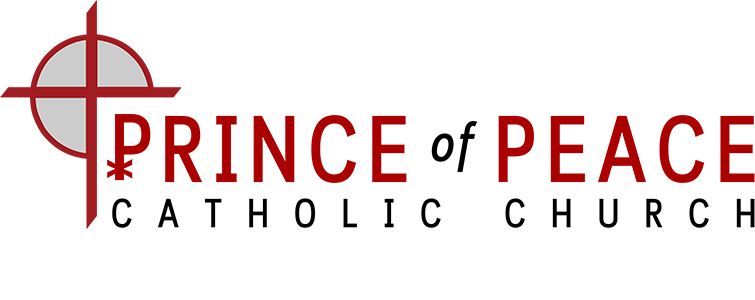Every year, people and well-meaning Christians seem to question how Halloween is celebrated and what their ideal response should be. It is difficult at times for Christians to appreciate that there is important value in mockery of evil - or even that it is mockery and not participation in it. Halloween is a holiday Catholics should embrace in its original form so a little history lesson is needed.
In the year 610 Pope Boniface IV dedicated the Roman Pantheon to the Blessed Virgin Mary and to all Christian martyrs and set aside a day in their honor. That date, May 13, coincided with the Lemuria festival, a pagan Roman celebration intended to satisfy the restless dead. A century later, this Day of All Saints was moved to November 1. "All Hallows”, (Halloween) eventually joined the stable of popular designations for the time in the Church's liturgical calendar when the Church commemorates its saints (or hallowed-ones).
The November date was providentially close to the feast celebrated by pagan Celts in honor of their druid "lord of the dead", the god Samhain. Bonfires would be built, gourds would be carved into lanterns and treats would be set out for the dead. Realizing the value of incorporating non-evil pagan practices into Christian, which was nothing new, the Church allowed Christians to continue these customs as a way for us to pass on the faith. If these non-evil customs could help us to encourage people to set aside a time to pray for the dead, why raise such a fuss about it?
The Feast of All Saints on November 1, is not only for the saints the Church has named, but for all the saints known to God alone. If we can believe that the emergency response workers are martyrs who gave up their lives to help save the victims of the 9/11 attacks, should we complain about allowing a child to dress up as one?
The Spanish Dia de los Muertos, or Day of the Dead holiday in Mexico, honors dead loved ones as a way to make peace with the eventuality of death by treating it with familiarity. Modern observations vary from region to region. In some rural areas, families adorn gravesites with candles, marigolds, and the favorite foods of the deceased in an attempt to persuade the loved ones to return for a family reunion. In urban areas, people have festive celebrations in the streets and indulge in the consumption of food and alcohol. Some wear skull masks knows as calacas. Many families build altars, called ofrendas, in their homes using photos, candles, flowers and food.
If our faith is strong enough, then it is good and well for us to mock death. As scripture says "O death, where is your victory? O death, where is your sting?" 1 Cor 15: 55
